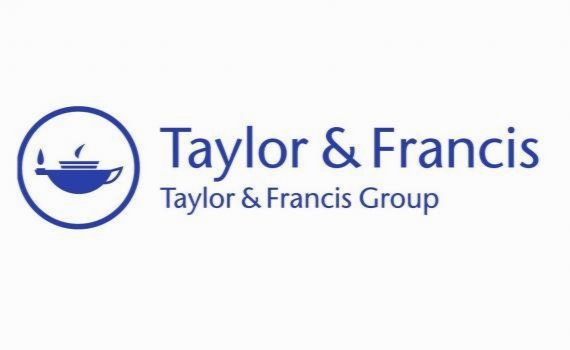پاسخگویی حسابرسان به استانداردهای ریسک حسابرسی Responsiveness of Auditors to the Audit Risk Standards: Unique Evidence from Big 4 Audit Firms
- نوع فایل : کتاب
- زبان : انگلیسی
- ناشر : Taylor & Francis
- چاپ و سال / کشور: 2018
توضیحات
رشته های مرتبط حسابداری
گرایش های مرتبط حسابرسی
مجله حسابداری در اروپا – Accounting in Europe
دانشگاه Business School – Aalto University – Runeberginkatu – Finland
منتشر شده در نشریه تیلور و فرانسیس
کلمات کلیدی انگلیسی audit effort, audit regulation, audit risk, business risk approach
گرایش های مرتبط حسابرسی
مجله حسابداری در اروپا – Accounting in Europe
دانشگاه Business School – Aalto University – Runeberginkatu – Finland
منتشر شده در نشریه تیلور و فرانسیس
کلمات کلیدی انگلیسی audit effort, audit regulation, audit risk, business risk approach
Description
1. Introduction Over the past 15 years, efforts to stem the wave of financial scandals in large companies have resulted in substantial changes in the regulatory landscape and the way in which financial statement audits are conducted (Humphrey, Kausar, Loft, & Woods, 2011; Knechel, 2013). In many jurisdictions, the development of auditing regulation has moved from a national level to an international level. In addition, there has been a shift in the regulation of auditors from self-regulation by the accountancy profession to substantial oversight by government authorized bodies, coordinated through international networks (Humphrey & Loft, 2013). A fundamental change in audit regulation between 1996 and 2010 was the introduction of risk-based ISAs that required greater documentation of the client’s business risks (Curtis & Turley, 2005; van Buuren, Koch, van Nieuw Amerongen, & Wright, 2014). At the same time, auditing standards became more detailed and prescriptive, and greater emphasis was placed on assessing clients’ risk in terms of operations, internal controls and management fraud. However, the question of whether audits have become more risk-oriented depends on how willing the auditor is to follow the new risk-based standards and how strongly they are enforced. The purpose of this study is to investigate the extent that the new risk standards are reflected in the auditing process. The study is set in Finland which joined the European Union (EU) in 1995. At that time, guidance for auditors and quality checks in Finland were based on voluntary peer review and recommendations provided by professional associations of auditors. However, in 2005, the European Group of Auditors’ Oversight Bodies (EGAOB) was set up by the European Commission to co-ordinate a new public oversight system of statutory auditors and audit firms in EU Member States, which is enforced through a network of national oversight bodies. This was followed in 2006 by the Directive on the Statutory Audits of Annual Accounts and Consolidated Accounts (2006/43/EC).1 This meant that future guidance for auditors would come from International Standards on Auditing (ISA) issued by the International Auditing and Assurance Standards Board (IAASB), the independent standard-setting body of the International Federation of Accountants (IFAC). In addition, the quality checks previously provided by the Finnish accountancy profession were replaced by systematic inspections by a national oversight body, the Auditing Board of the Central Chamber of Commerce (AB3C).


